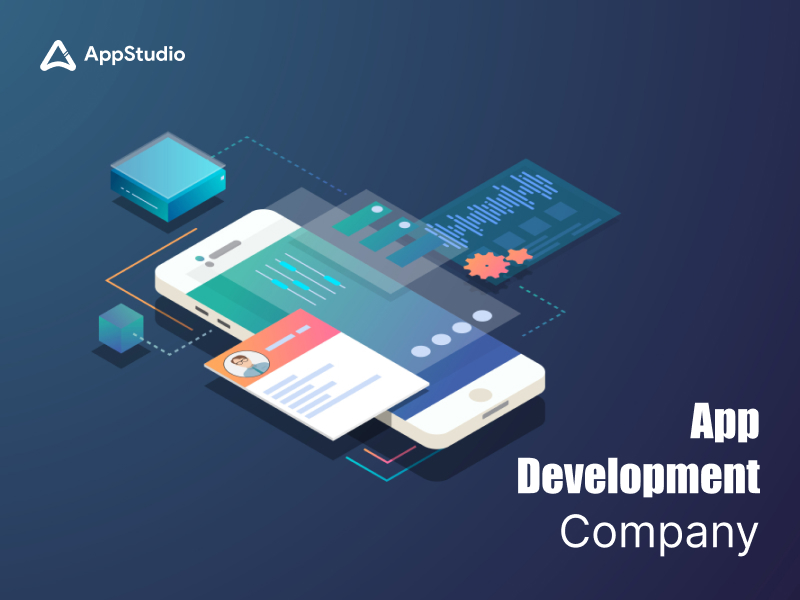As we all know, managing state in Flutter can sometimes become tricky, especially when dealing with complex UI layouts & large-scale applications. But, Flutter has provided us with some excellent solutions for state management, & one of the most popular ones is the Provider pattern. While the framework has its biggest merits in terms of device compatibility, the option of state management is something that makes it an apt selection for cross-platform app setup.
The Provider pattern is an efficient way of managing the state in Flutter. It helps you keep your code clean and organized. Apart from this, it also allows you to easily share states between different widgets. The provider package, created by the Flutter team, implements this pattern for Flutter developers to use.
Brought into the tech world by the industry giant Google, Flutter itself is a rich toolkit consisting of some of the most efficient widgets. In this post, we will be exploring the Provider pattern in detail & understand how we can use it to manage state efficiently in our Flutter applications.
What is the Provider pattern?
The Provider pattern is a way of managing a state that focuses on simplicity, scalability, & reusability. In simple words, it is a design pattern that provides an easy & efficient way to share state across the application. By following this pattern, top mobile app development company & their developers can create a centralized mechanism to provide data to their widgets, making the app more organized for its end users.
Provider pattern is not a new concept, but it has gained significant popularity in the context of Flutter. The golden rule of this pattern is to separate the business logic from the presentation logic. In simpler terms, move all related business logic & data to a separate class, & use the Provider package to provide the required data to the widget tree that needs it.
How does Provider work?
Before we move ahead with the benefits of Provider for state management in Flutter, you must know how it exactly works. The provider package consists of three main parts:
1. Provider class
2. Consumer class
3. ChangeNotifier class
The Provider class is used to provide data to its child consumers. It serves as a central hub that delivers data to the widget tree. For example, consider that you have three widgets, WidgetA, WidgetB & WidgetC. WidgetA is the parent of WidgetB, & WidgetB is the parent of WidgetC. If you have some data that needs to be passed from WidgetA to WidgetC, you can implement a Provider that will provide the required data to WidgetC.
The Consumer class is responsible for consuming the data provided by the Provider. It is used as a child widget inside the build() method of any widget that needs to access the data.
Lastly, the ChangeNotifier class is used to notify the consumers when the data provided by the provider changes. Moreover, this class acts as a notifier and tells the widgets to rebuild when the data changes.
Benefits of Using the Provider Pattern
As used to its maximum potential by mobile app development companies, you must not miss out on these great benefits of using the Provider Pattern.
1. Separation of Concerns
The Provider pattern allows us to separate our data and business logic from our UI code. This makes it easier to test & maintain the app without modifying the roadmap of its core structure.
2. Reactive Programming
The core of the Provider pattern is based on ChangeNotifier. This makes the code reactive, enabling the UI to respond to changes in data automatically.
3. Scalability
The Provider pattern is highly scalable, & it becomes easier to handle larger applications as it helps to keep the code organized & clean.
4. Easy Testing
Testing becomes more comfortable because the Provider pattern promotes modularization. It allows you to isolate the independent modules & test them individually.
How to implement the Provider pattern in Flutter?
The Provider pattern is considered to be the most popular solution for state management in Flutter, as it helps in implementing simplicity and scalability in the application.
To implement the Provider pattern in Flutter application development services, you need to install the provider package in your project. Once you have done that, use the ChangeNotifierProvider class to pass the state down the widget tree. This class listens to state changes & notifies any listener widgets when there is an update to the state.
You can also use the Consumer widget to consume state changes & rebuild interested widgets reactively. Remember to keep the Provider package version updated to the latest if you are using it in your project, so you can take advantage of new features & bug fixes.
With the Provider pattern from Flutter, you can create a predictable & testable codebase while reducing boilerplate & improving your application’s responsiveness.
All in all, implementing the Provider pattern in Flutter is an immensely useful tool to simplify state management in your application. By following the above steps, you can easily integrate this pattern with your code & improve your app’s overall performance just like any quality Flutter app developing company.
Final Thoughts
All in all, using a provider pattern for state management in Flutter can be an efficient & beneficial tool for developing apps. It ensures data flow using global variables & scoped values that motivate the consistent delivery of data between numerous widgets at a single time. When done correctly, it is a convenient way to manage your app’s state without writing excessive code.
If you need assistance from an experienced mobile app development company & its expert professionals who can help turn your vision into reality, AppStudio is an excellent choice. Even if you want to upgrade your application’s performance to make it more user-friendly with Flutter app development services, then this is the team you can count on.
Their Flutter app development services in Canada are amongst the best, so don’t hesitate to reach out. By using cutting-edge technology in their app development processes, they will provide all-inclusive support & guarantee the highest quality of end products you can proudly show off to achieve success with your venture.
to achieve success with your venture.












